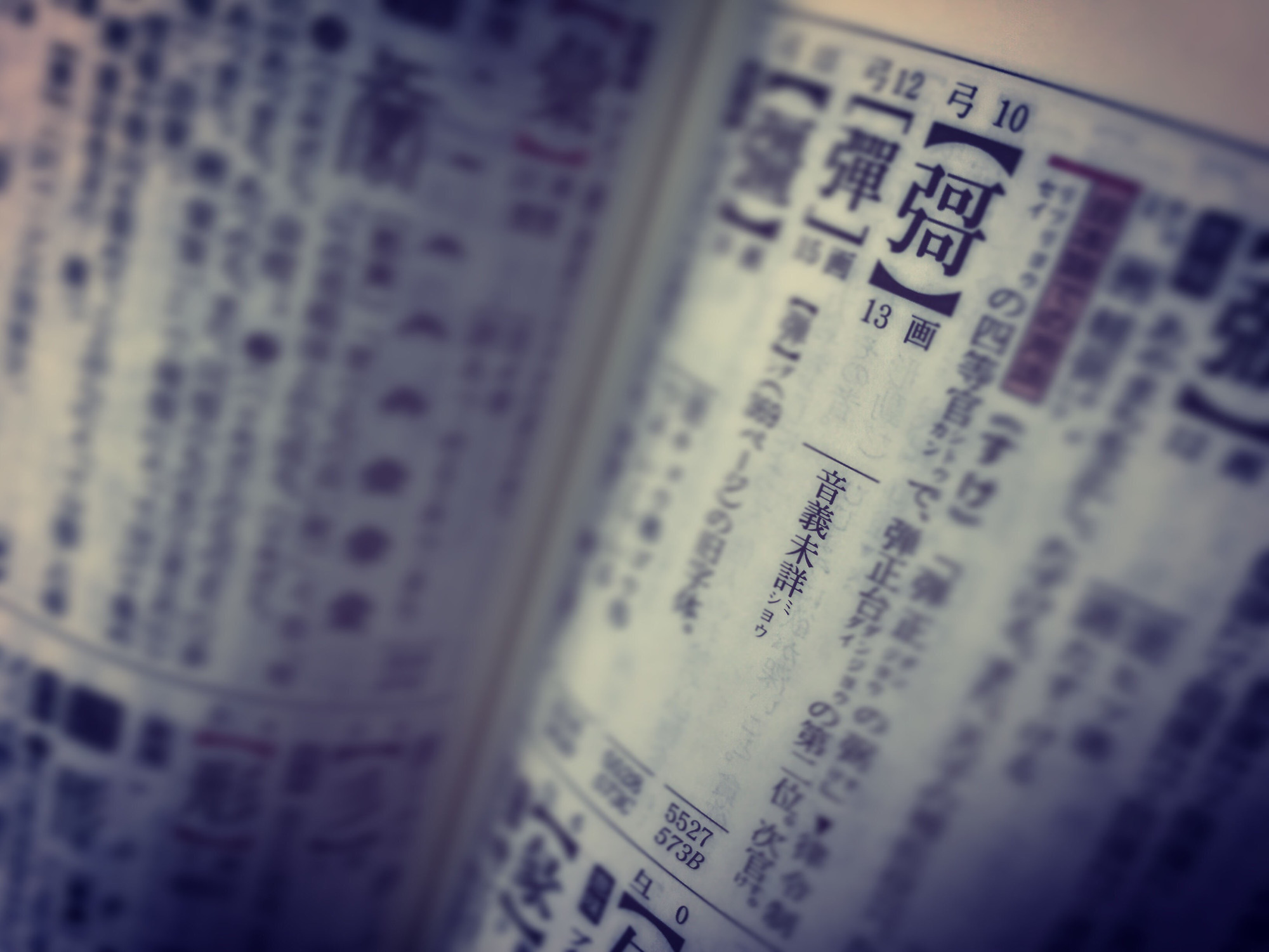There are plenty of dead words in languages all over the world, but can the same be said about ghost words? Floating around the murky regions of digitized Unicode values are anywhere between 60 and 100 yūrei-moji — literally, "ghost characters" — haunting the Japanese kanji lexicon.
Though academically obscure, these characters' origins can be understood readily enough by anyone who has mistaken their doctor's handwriting for chicken scratch (or vice versa, for that matter). All it took was a few unintentional splatters of ink and some poorly rendered photocopies to bewitch people into seeing kanji that, for all we know, should never have existed.
The origins of yūrei-moji can be traced back to the 1970s, when the Japanese Industrial Standards Committee was tasked with generating computer fonts in preparation for the coming digital age. The committee took about seven years to accumulate thousands of kanji representing every corner of Japan, using data sourced from 日本生命 (Nihon Seimei, Nippon Life Insurance Co.), 情報処理学会 (Jōhō Shori Gakkai, the Information Processing Society of Japan), 国土地理協会 (Kokudo Chiri Kyōkai, the Japan Geographic Data Center), and 旧行政管理庁 (kyū Gyōsei Kanrichō, the former Administrative Management Bureau).


















With your current subscription plan you can comment on stories. However, before writing your first comment, please create a display name in the Profile section of your subscriber account page.